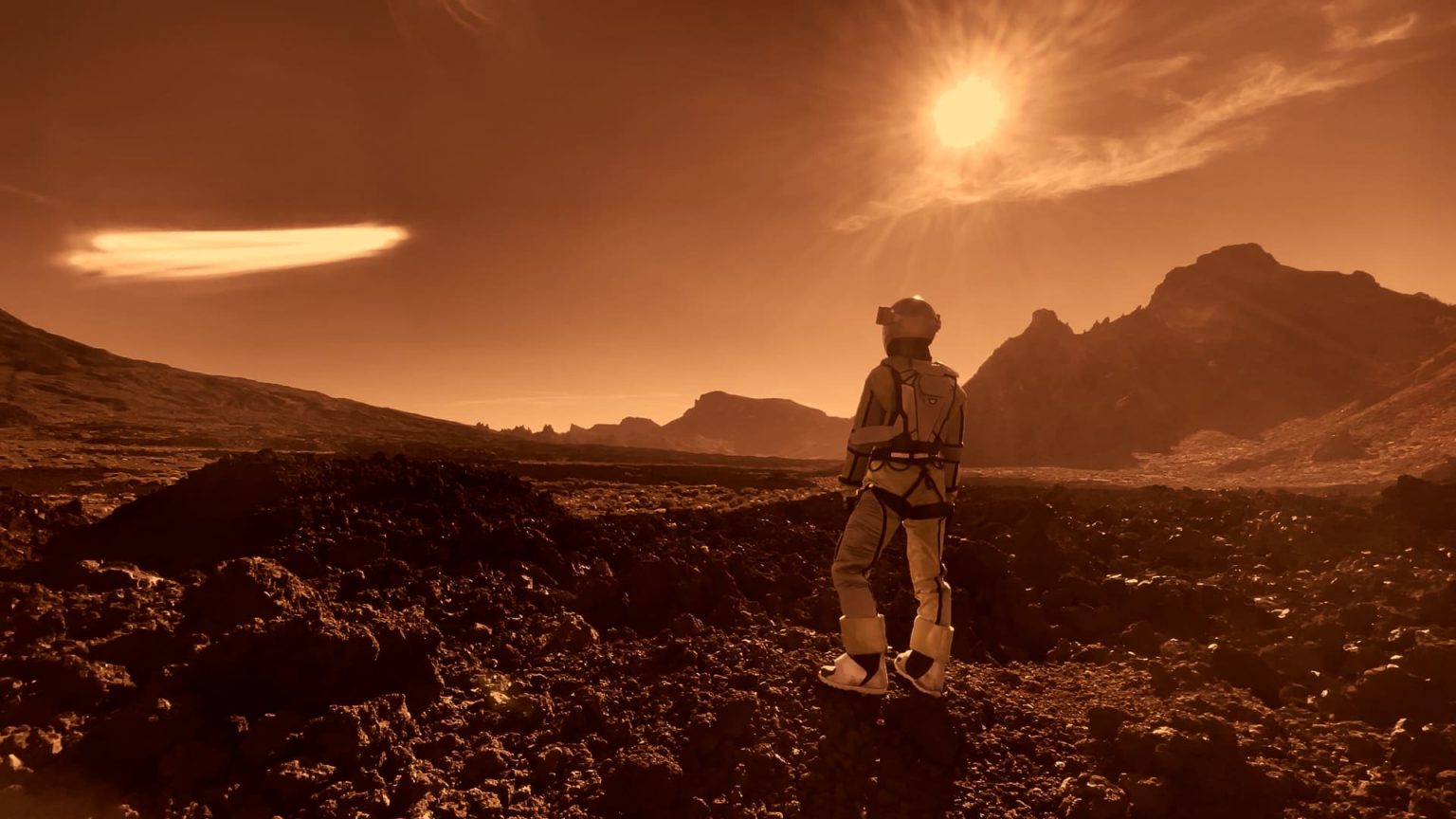In an ambitious endeavor to make Mars colonization a reality, President Donald Trump and billionaire entrepreneur Elon Musk are steering efforts towards sending humans to the red planet. Musk’s company, SpaceX, has set a target for human missions to Mars by 2029, a timeline that contrasts with NASA’s more cautious estimate of the 2040s. Furthermore, as global competitors like China eye similar ambitions with plans for an autonomous research station by 2038, the quest for interplanetary habitation is becoming increasingly competitive and urgent.
| Article Subheadings |
|---|
| 1) Overview of Mars Colonization Goals |
| 2) The Science Behind Mars Exploration |
| 3) Technical Challenges Ahead |
| 4) The Role of SpaceX’s Starship |
| 5) Experts Weigh In on Challenges |
Overview of Mars Colonization Goals
The landscape of Mars colonization has gained momentum through the visions articulated by influential figures such as Elon Musk, who advocates for making humanity a multi-planetary species. The urgency behind this mission is echoed by officials from various space agencies and private enterprises alike. Musk contends that a manned mission to Mars by 2029 is not only feasible but critical for safeguarding humanity against existential threats on Earth—from climate change to conflicts. In a parallel endeavor, NASA views a potential human landing by the 2040s as a monumental goal, highlighting the diverse approaches and timelines that different organizations are adopting to achieve this shared vision.
The Science Behind Mars Exploration
Understanding Mars is not merely about reaching the red planet; it is intertwined with fundamental scientific questions regarding life in the universe. Robert Zubrin, president of The Mars Society, emphasizes that Mars was once a twin to Earth, possessing similar conditions conducive to life. His assertion is based on the premise that if life can form given the correct chemical and physical conditions, then Mars should have hosted life at some point in its history. This exploration is not just a journey to another planet; it represents a quest to uncover the origins of life beyond Earth, posing profound implications for humanity’s understanding of its place in the universe.
Technical Challenges Ahead
Despite the ambitious timelines, sending humans to Mars is riddled with significant scientific and technical challenges. Amit Kshatriya, deputy associate administrator of NASA’s Moon to Mars Program, has underscored multiple hurdles ranging from the complicated Mars landing scenarios to the severe natural hazards present during transit. The risks associated with radiation exposure during the journey loom large, necessitating advancements in technology to ensure astronaut safety. Other concerns include developing highly reliable life-support systems capable of sustaining human life during extended missions and enhancing propulsion capabilities necessary for interplanetary travel. Overcoming these challenges is critical if humanity hopes to settle on Mars long-term.
The Role of SpaceX’s Starship
A crucial component of Musk’s plan to achieve Mars colonization lies in SpaceX’s development of the Starship rocket, the latest generation of spacecraft designed for deep space travel. Recently, during its eighth test flight, the Starship surpassed expectations by successfully recovering its Super Heavy booster, although the spacecraft itself experienced a catastrophic failure upon ascent. While this outcome highlighted significant engineering challenges, it also demonstrated SpaceX’s commitment to iterative testing and innovation. The next test flight is on the horizon, poised to demonstrate continued advancements that could pave the way for future missions to Mars.
Experts Weigh In on Challenges
To gain deeper insight into the complexities of Mars missions, a visit to the Mars Desert Research Station in Utah proved invaluable. Here, experts in astrobiology and aerospace provided perspectives on the manifold challenges facing prospective Mars colonists. Constructed as a training module, the facility serves as a microcosm for what life may entail on the red planet. By simulating conditions similar to those on Mars, researchers are exploring habitation solutions, agriculture, and psychological well-being of astronauts to prepare for long-duration missions. These insights are vital for the strategic planning required for future Mars expeditions.
| No. | Key Points |
|---|---|
| 1 | Both Elon Musk and President Donald Trump support colonization efforts on Mars. |
| 2 | SpaceX aims for a manned Mars mission by 2029, while NASA estimates the 2040s. |
| 3 | Mars exploration is critical for addressing fundamental questions of life beyond Earth. |
| 4 | Major technical challenges include radiation exposure, life support, and propulsion systems. |
| 5 | SpaceX’s Starship is central to achieving Musk’s long-term vision for Mars missions. |
Summary
The endeavor to colonize Mars, spearheaded by influential figures like Elon Musk and supported by governmental agencies, represents a monumental leap for humanity. As technical and scientific challenges abound, the implications of such missions extend beyond simple exploration; they touch upon existential questions regarding life on other planets. Progress continues with innovative projects such as SpaceX’s Starship, indicating a path forward, even as experts emphasize the necessity for thorough preparation and exploration of sustainable living solutions in the harsh Martian environment.
Frequently Asked Questions
Question: What are the primary goals of Mars colonization?
The primary goals of Mars colonization include establishing a sustainable human presence on the planet, understanding the potential for life beyond Earth, and ensuring the survival of humanity by becoming a multi-planetary species.
Question: What are the main challenges of sending humans to Mars?
Main challenges include managing radiation exposure during the transit, developing reliable life-support systems, ensuring safe landing techniques, and improving propulsion technologies necessary for interplanetary travel.
Question: How is SpaceX’s Starship relevant to Mars exploration?
SpaceX’s Starship is designed to serve as the primary spacecraft for transporting humans and cargo to Mars, making it a pivotal element in achieving the timelines set for Mars colonization by enabling deep space missions.


